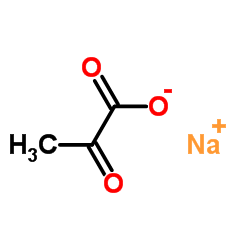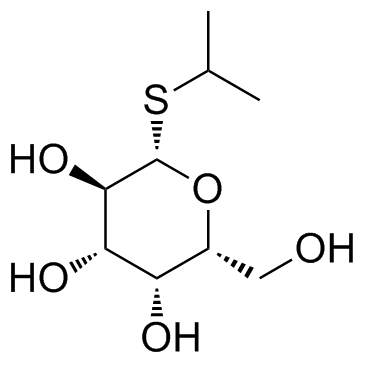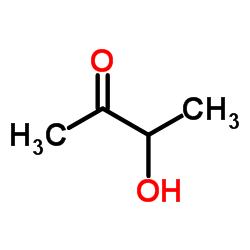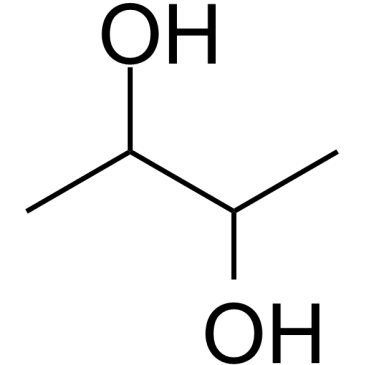| Structure | Name/CAS No. | Articles |
|---|---|---|
 |
Sodium 2-oxopropanoate
CAS:113-24-6 |
|
 |
Isopropyl-beta-D-thiogalactopyranoside
CAS:367-93-1 |
|
 |
Acetoin
CAS:513-86-0 |
|
 |
(2R,3R)-(-)-2,3-Butanediol
CAS:513-85-9 |